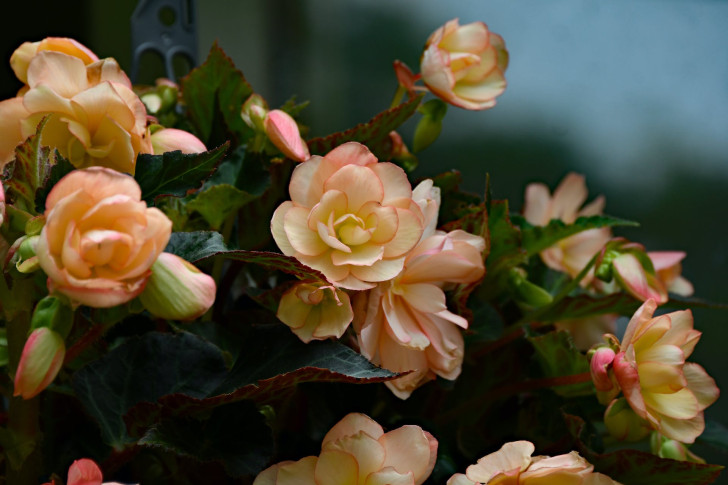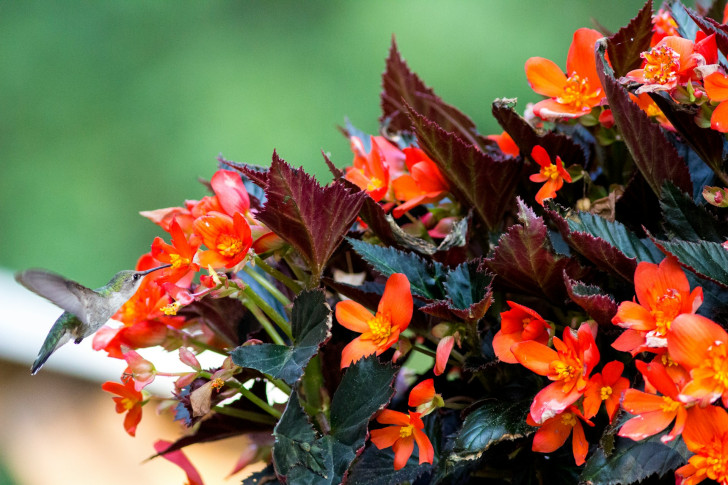Cultivation and care of begonias: everything you need to do to ensure your plants thrive

The begonia is a perennial plant of tropical origin and is highly appreciated for its beautiful, lively flowers, of which over 900 species are known, classified into the following 3 groups:
- Rhizomatous: mainly grown as a houseplant, this is an evergreen shrub with very lovely flowers and rhizomatous roots;
- Tuberose: this species is also a popular houseplant and are characterized by tubers that send out stems and the flowers are particularly colorful;
- Fasciculata: this species is perfect for outdoor cultivation and blooms in spring and throughout the summer season.
Once you have chosen your begonia, what's the best way to care for it? Well, let's find out below just how to do this:
Caring for begonias

Begonias are plants that require very little care and this is one of the reasons why they are so popular with gardeners; whether you decide to grow your begonia in the garden or in a pot, in order to flower, your begonia must be placed in a sunny spot (but not exposed to direct sunlight, which could cause the appearance of spots on the leaves).
The soil must be fertile and well-draining, preferably nourished with liquid fertilizer every 15 days. Always keep the soil moist but not wet, waiting for the top layer to dry out between one watering and the next; begonias do not like stagnant water. Although begonias does not require regular pruning, rotten or dry leaves and stems must be removed promptly to encourage growth and flowering.
There are also specific treatments required for each type of begonia:
- Rhizomatous begonias maintain their aerial parts and must be pruned annually to keep them healthy and to promote vigorous growth. In colder climates, it will be necessary to protect/shelter your begonia in the winter, first by placing them in front of a bright window and gradually reducing the light;
- Tuberous begonias, on the other hand, lose their aerial parts annually and you can prune the leaves in autumn when they start to yellow. Before the arrival of frost, remove the tubers from the ground and clean them carefully, drying them on newspaper in the sun for about a week. You will need to store these individually in paper bags, after dusting them with sulfur powder.
Propagating begonias

If you want to propagate your begonias, you can do this simply with leaf cuttings. Select healthy, mature leaves, making clean cuts, allowing them to callus, and then placing them on a moist, well-aerated substrate until new plantlets form at the leaf edges. During rooting, you will need to cover the pot with a perforated plastic sheet or with a lid and spray it regularly to keep the soil moist, and maintain the temperature range of 18 to 24 degrees C.
After about a month, you will notice the first plants emerging from the cuttings; when they are large enough you can separate them from each other and plant them individually.
Thanks to this care, your begonias will always be healthy and happy!